Navigating the Italian Food Scene
Italy is the epicentre of culinary delight. From the rolling hills of Tuscany to the bustling streets of Rome, every corner of Italy offers a unique gastronomic experience. But knowing where to go and what to expect can be overwhelming, especially with the myriad types of dining establishments. This guide aims to demystify the Italian food scene, offering tips and insights to ensure you savour every bite on your next visit.
Understanding Italian Food Establishments
What is a Trattoria?
Think of a trattoria as your grandmother's kitchen—if your grandma was Italian, that is. These family-run eateries offer hearty, home-cooked meals typical of the region. Expect a cosy, informal setting where the focus is on good food and even better company.
What is an Osteria?
Like a trattoria, an osteria serves traditional, homemade meals but may also offer a limited menu. The atmosphere is casual, and the dishes are often simple yet flavourful, reflecting the local culinary traditions and produce.
What is a Pizzeria?
Ah, the pizzeria—the holy grail for pizza enthusiasts. While you might find other items on the menu, the focus here is on perfecting that crispy, doughy, cheesy delight known all over the world. If you want to eat pizza like a true Italian, use a knife and fork instead of picking it up with your hands.

What is an Enoteca?
Wine lovers, rejoice! Like a metropolitan wine bar, an enoteca specialises in fine wines and often serves light bites like a cheese board or cured meats spread that pairs perfectly with your glass of vino. Some enotecas double as wine shops, so you can take a bottle or two home.
What is a Ristorante?
For a more formal dining experience, head to a ristorante. With crisp tablecloths, attentive service, and a broader menu, ristorantes offer an elevated dining experience compared to trattorias and osterias.
What is a Punto Pranzo?
Literally translating to "lunch point," punto pranzo spots are perfect for a quick and satisfying midday meal. Think plates of pasta, sandwiches, and salads served efficiently so you can get back to exploring.
What is a Tavola Calda?
A tavola calda is essentially a hot food bar. Ideal for a quick, no-fuss lunch, these establishments offer a range of hot dishes that are ready to eat, making them perfect for a busy day of sightseeing.
What is a Bar?
Not your typical pub or British bar, an Italian bar is primarily a coffee shop. Pop in for your morning cappuccino and pastry, and maybe come back in the evening for an aperitivo (a pre-dinner drink). They usually close around 9 or 10pm.
What is a Pasticceria?
Prefer something a little sweeter? A pasticceria is where you'll find an array of pastries and cakes that are almost too beautiful to eat. Almost.
What is a Gastronomia/Alimentari?
These deli-style spots are perfect for a DIY meal. Pick up some fresh bread, local cheeses, and cured meats to craft your own delicious picnic. Pick your favourite view and tuck in.
What Do Italians Eat for Breakfast?
They say an Italian diet is one of the best in the world. To fully embrace the Italian way, familiarise yourself with the foods Italians enjoy for breakfast, lunch and dinner.
- Breakfast – leave the idea of cereal or porridge at home. Italian breakfast typically includes slices of meat, cheese, eggs and bread – a more sophisticated version of a British fry-up! Another classic choice is a pastry or croissant or “cornetto”. Sometimes accompanied with a sweet spread, and always accompanied with a cappuccino.
- Lunch – Italian lunches often consist of small, light dishes such as pasta, risotto or soup. They might be accompanied by a glass of vino or just water. If you’re in a rush, takeaway sandwiches or “tavola calda” are a stacked delight.
- Dinner – Whether dining at a ristorante or hosting food for friends and family, dinnertime is an important part of the day for Italians. Popular dishes include pasta, pizza, risotto, fish or grilled meat with fresh vegetables. There’s always plenty to share and served with a delectable bottle of vino.

Gluten-Free Options
Italy is a paradise for food lovers, and that includes those who need to avoid gluten! Many restaurants offer delicious gluten-free options, so you can enjoy the vibrant flavours of Italian cuisine without worry. From creamy risotto and gluten-free pasta to mouthwatering pizzas made with alternative flours, you'll find ample choices to satisfy your cravings. Keep your eyes peeled for the phrase "Senza glutine", which means 'gluten-free'. And don't hesitate to ask restaurant staff about gluten-free dishes—most are more than happy to assist you!
To empower coeliac and those with gluten sensitivities, these handy apps can help you discover safe dining options while you explore Italy.
- Find Me Gluten Free: This app provides reviews and recommendations from the gluten-free community, allowing you to locate nearby restaurants that cater to your needs.
- AIC app: The AIC (Associazione Italiana Celiachia) app is an invaluable resource for those with gluten sensitivities. It offers a comprehensive directory of certified gluten-free spots throughout Italy, ensuring you can enjoy a worry-free meal. With features that allow you to search by location and read user reviews, this app empowers you to navigate the Italian dining scene with certainty and ease.
With these tools in your pocket, you'll be able to navigate Italy's culinary landscape with confidence and enjoy every delightful dish!
Dining Etiquette and Tips
Eat When the Locals Do
In Italy, dinner usually starts around 8pm or later. If a restaurant is open earlier, it's likely catering to tourists. For an authentic experience, dine when the locals do.
Don’t Rush
Meals in Italy are leisurely affairs. Take your time to savour each bite and enjoy the conversation. It's not just about eating - it's about the entire dining experience.

What is Antipasto?
Antipasto is an appetiser made up of small, bite-size portions of cured meats, cheeses, olives, anchovies, jams, fruits and vegetables, served on a platter, often as a sharing dish.
Navigating Italian Menus
Italian menus are typically divided into five categories:
- Antipasto: Starters like cheeses, cured meats, and vegetables.
- Primi: First courses such as pasta, risotto, and gnocchi.
- Secondi: Main dishes featuring meat, fish, and vegetables.
- Contorni: Side dishes, usually vegetables.
- Dolce: Dessert, because there's always room for it!
Feel free to mix and match courses as you like. There's no obligation to get all of them.
Say No to Cheese on Fish
In Italian cuisine, pairing cheese with fish is a no-go. If your dish features seafood, skip the Parmigiano!
Limit the Bread
Bread is meant to accompany your meal, not to be served with butter. Enjoy it, but remember it's not the star of the show. Try the art of 'Scarpetta'—using bread to mop up leftover sauce on your plate. It’s also worth mentioning that the bread is not complimentary, so if you want to avoid the extra charge, skip the bread.
Don’t Ask for Condiments
Requesting extra condiments like ketchup or mayo may raise eyebrows at traditional restaurants. It's seen as altering the chef's carefully crafted dish.
Check, Please!
Europeans don't generally rush you out of a restaurant by automatically dropping your bill onto the table as soon as you’re finished eating. Italy, especially, sees mealtimes as something to enjoy and take your time over. So, you’ll need to request the bill when you’re done dining.
Savour the Espresso
Italians drink cappuccino in the morning, typically before 11am, and espresso after meals or throughout the day. Takeaway coffee cups aren’t a common thing in Italy, and neither is our version of a latte - in Italy, a latte is a mug of warm milk, no coffee. So, if you’re looking for a quick ‘pick-me-up', embrace the art of an espresso the Italian way by enjoying it standing at the coffee shop counter or at the end of your dining experience.
If you’re looking for a caffeine fix but craving something more refreshing, an affogato is what you want! Vanilla ice cream topped with a shot of espresso – yum!

Spotting Authentic Gelato
Real gelato often has muted colours and is stored in tubs that are only cold at the bottom. Avoid the vibrantly coloured, towering mounds—they're often tourist traps. Look for gelato that is in line with the top of the tub or has a lid on it. Then you know you're getting the real deal.
You can find almost every flavour of gelato under the sun, which, if ordered from a true gelateria, will all be delicious, but some firm Italian favourites we highly recommend include:
- Stracciatella – pronounced ‘stratch-chah-tehl-lah', is a smooth vanilla gelato muddled with strands of crunchy chocolate.
- Fior di latte – pronounced ‘fee-or-dee-latt-ay’ and meaning ‘flower of milk’. It’s a sweet and rich milky gelato, often with no other flavour added. Simplicity at its best!
Pistachio – pronounced ‘pi-stak-ki-o’ in Italian, its creamy pistachio flavour is a top-hitter in every gelateria. - Dulce de leche – pronounced ‘dull-chay-deh-lech-ay' in Italian, this is a creamy, indulgent caramel gelato – yum!

What is Aperitivo?
- An aperitivo is an alcoholic drink like Aperol Spritz or Campari, and small appetiser-style finger foods. It’s usually served around 7pm and 9pm before a meal to whet your appetite. Think of it as an Italian version of happy hour — a delightful way to start your evening.
Cheers, the Italian Way
- When toasting, make eye contact and say "Salute!" - pronounced ‘Sah-loo-teh'. It's how Italians say “cheers” and is a friendly way to foster connection and celebrate the joy of dining together.
Spotting the Real from the Fake Italian Food
- Sorry to disappoint, but fettuccine Alfredo, spaghetti and meatballs, and chicken parmesan don't exist in Italy. And you certainly won’t find pineapple on pizza!
La Passeggiata
La passeggiata is an Italian tradition that promotes health through leisurely after-dinner evening strolls with family and friends. It’s not just about walking — it’s a chance to soak up the atmosphere, engage in conversation, and enjoy the vibrant streets, all of which can aid digestion, boost your mood and reduce stress. So why not embrace this healthy custom? We all love walking here, after all!
Be Open-Minded
Italy is the world's food capital for a reason. Be adventurous on the plate as well as off it. Remember, travel is about exploring cultures, and food plays a huge part in that.
Discover Italy’s best regional dishes. If you have a Cinque Terre or Amalfi Coast walking trip on the horizon, get foodie recommendations at our best restaurants in Cinque Terre blog and food & drink on the Amalfi Coast blog. Or, if you’re headed on a Tuscan adventure, check out the best food and drink to try in our Tuscany guide.

Daily Food Budget
Wondering how much to spend daily on food in Italy? On average, budget around €30-€50 per day, depending on your dining choices.
With these tips in tow, you're well on your way to enjoying the delectable culinary journey that awaits you in Italy. From understanding the various dining establishments to mastering the art of Italian dining etiquette, you're now equipped to eat like a local. Buon appetito!
Incorporating Food into Your Macs Holiday
When it comes to food, we believe authentic dining is best – grabbing every opportunity to taste the real deal no matter where you are. After a long day of walking or cycling, there are plenty of eateries to treat yourself to, and these can vary depending on your type of trip. Your accommodation will also often provide a packed lunch for a small fee. This is great for our Classic Routes, such as the Italian Alps, with longer distances to help fuel your day.
Tuck into Italy
Ready to explore Italy's food scene? Book a self-guided walking or cycling trip with our expert specialists and make your active Italian adventure unforgettable!
To discover more about our Italy walking trips, head to our Guide to Walking in Italy for travel tips, advice and inspiration.






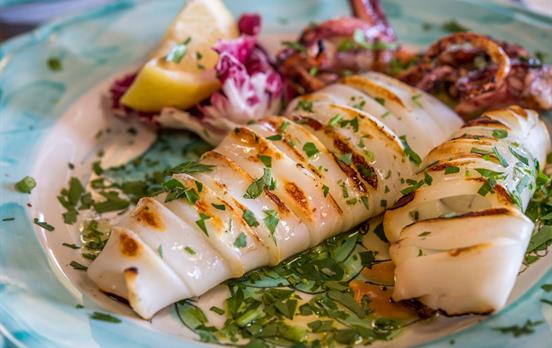

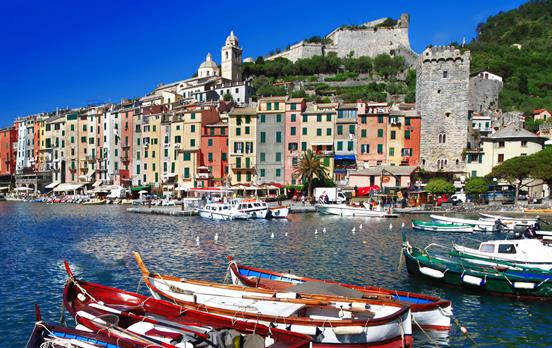
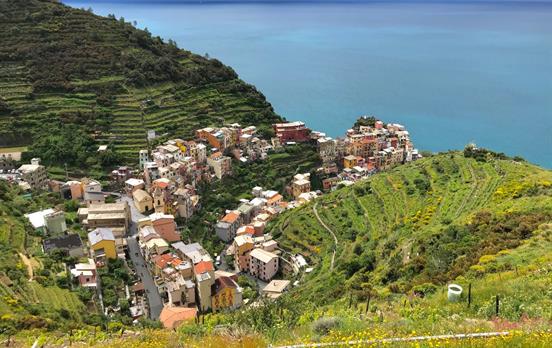
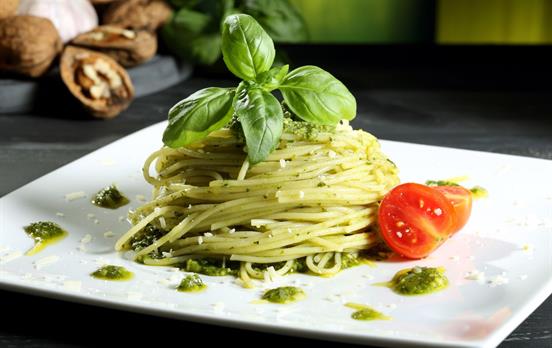
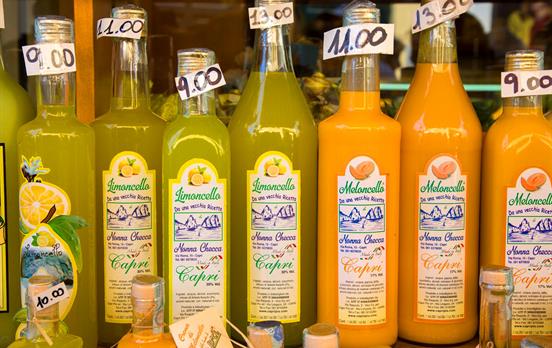


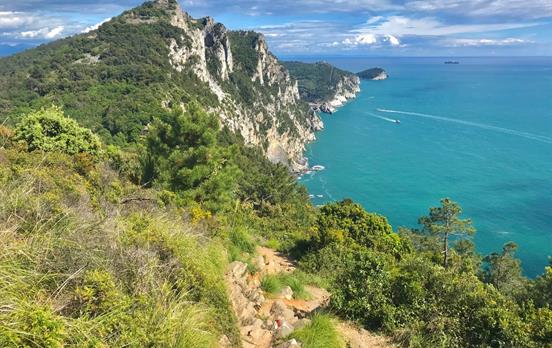



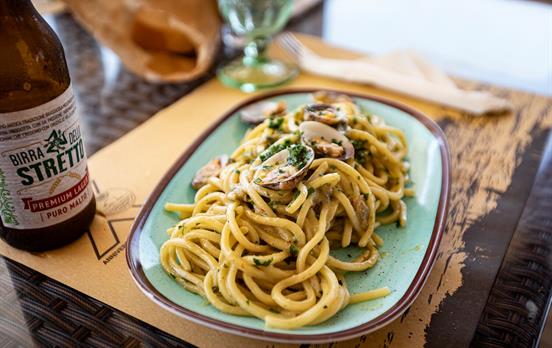

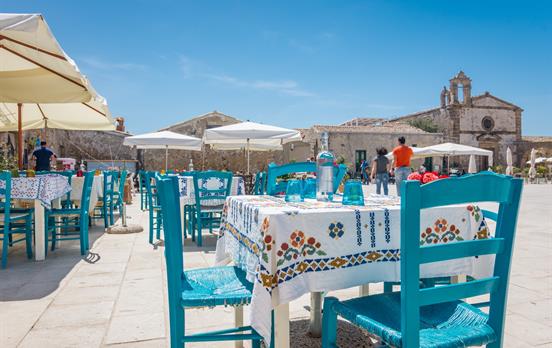
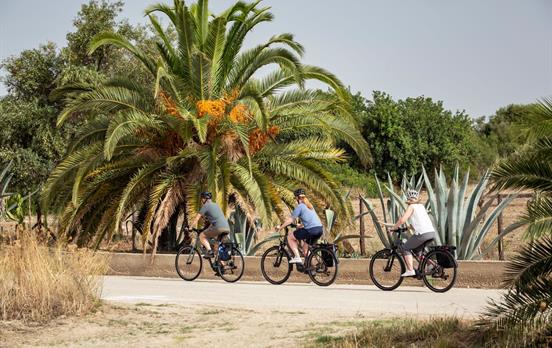
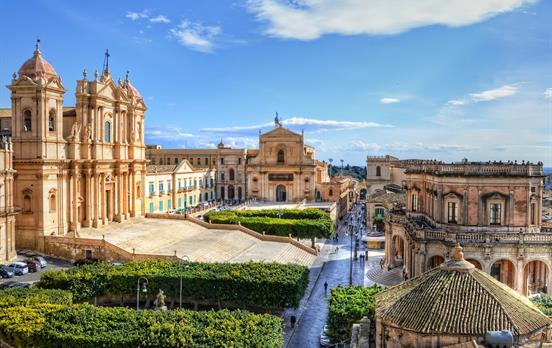

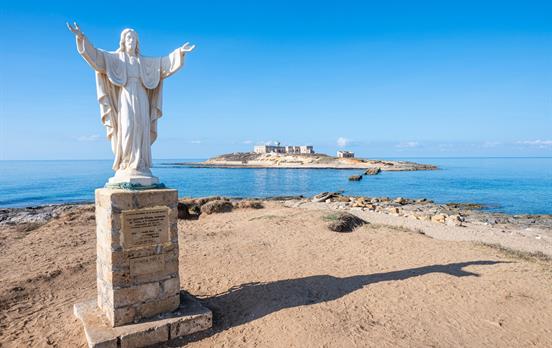
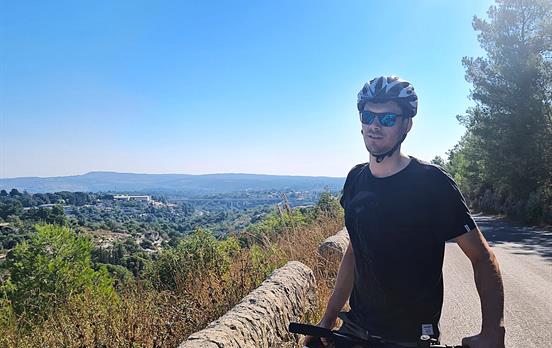
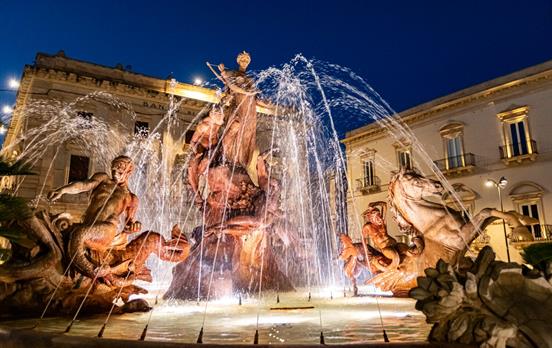
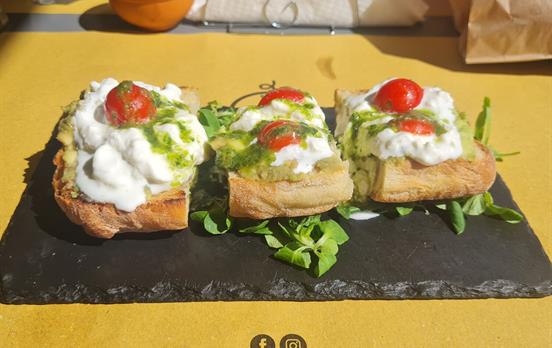
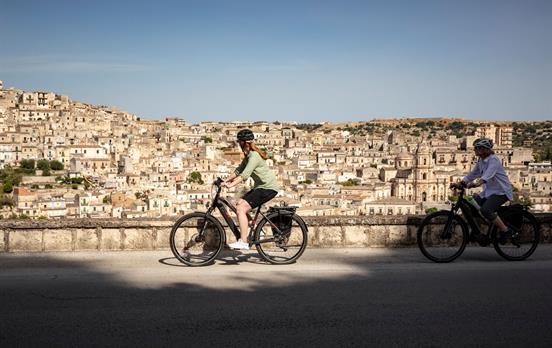


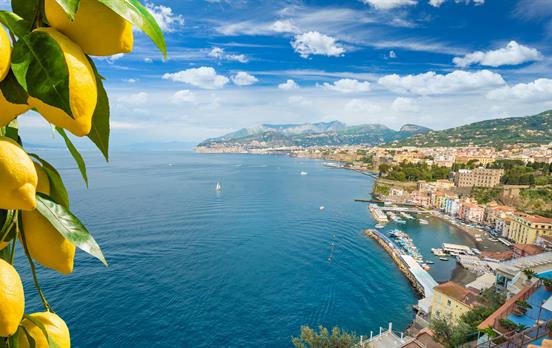

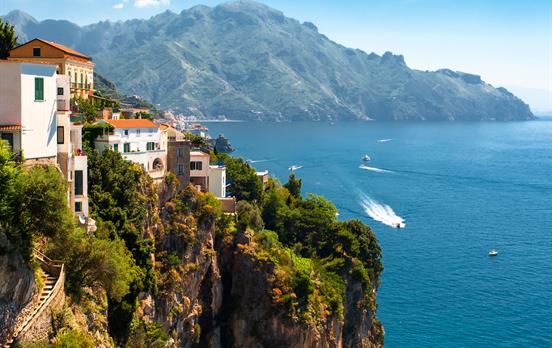
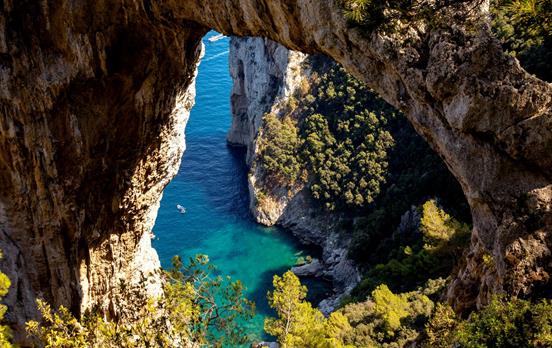

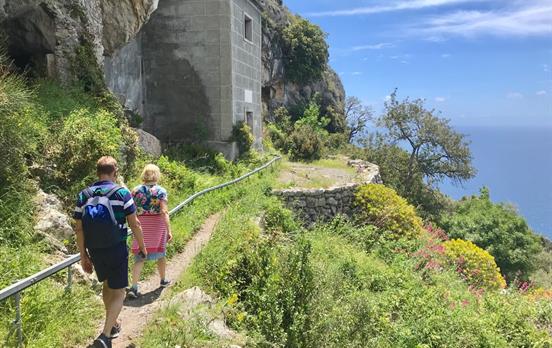
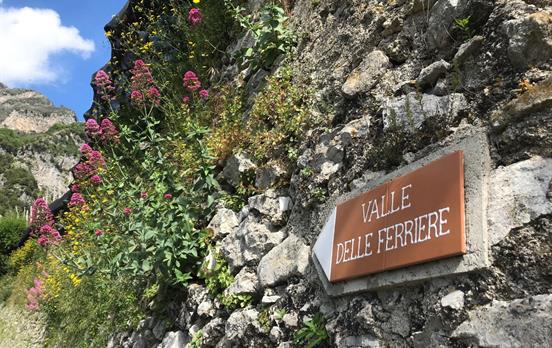




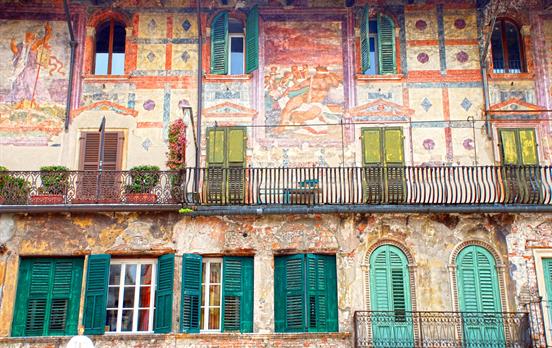

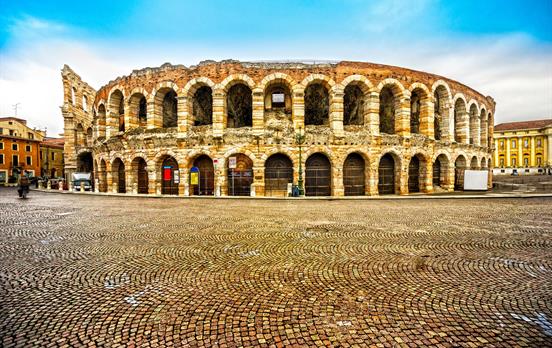
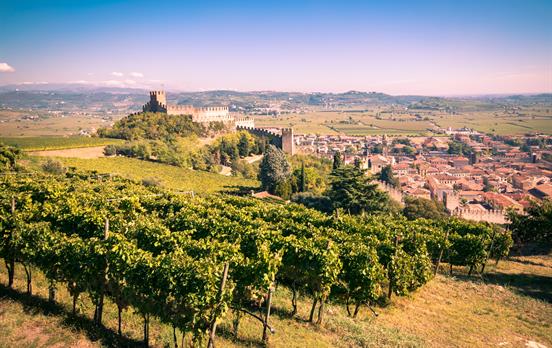
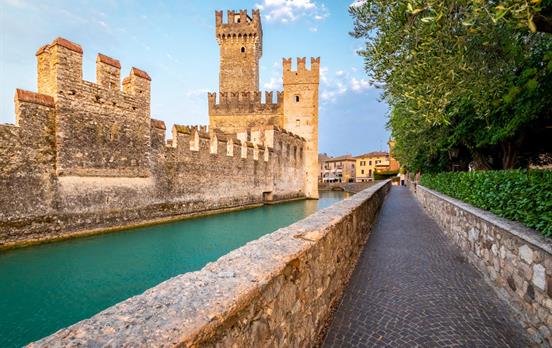
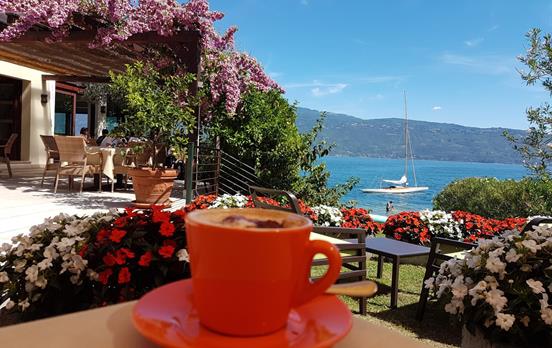
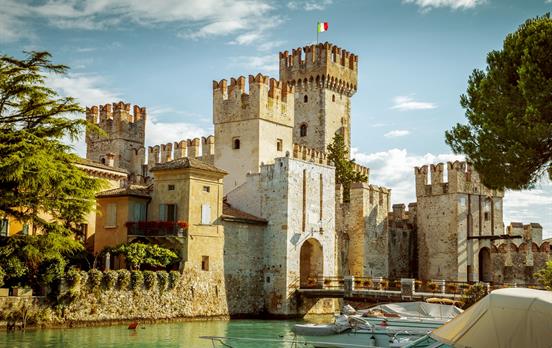
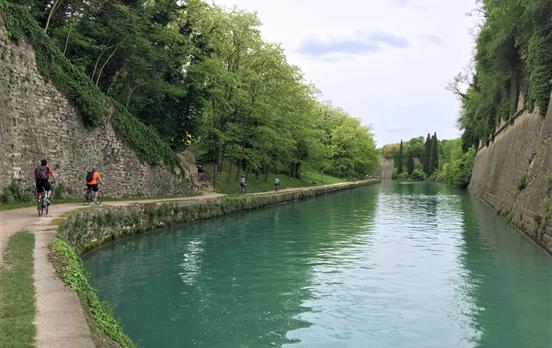

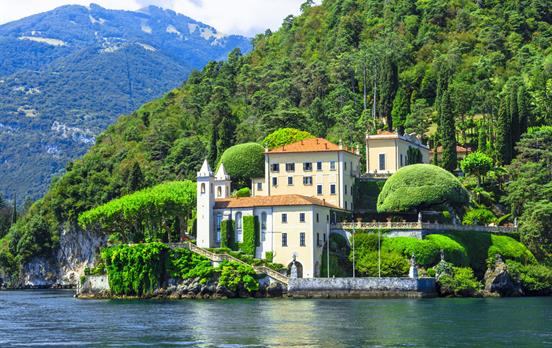
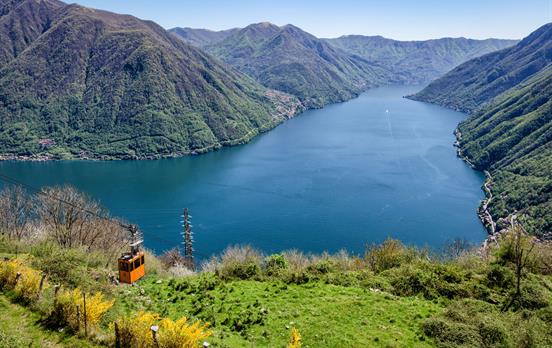
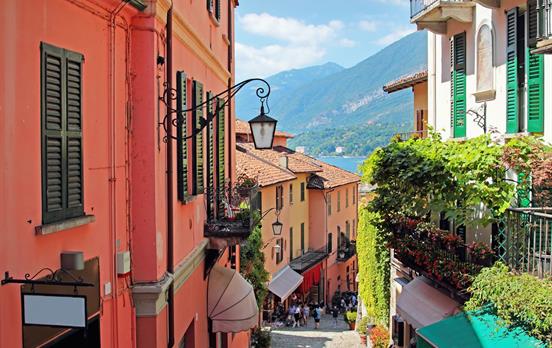
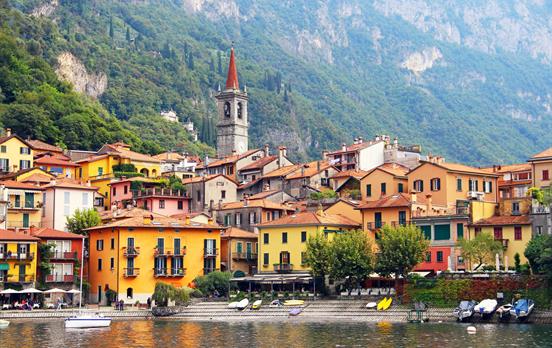
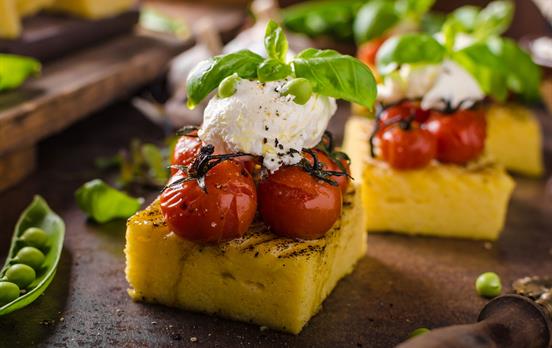
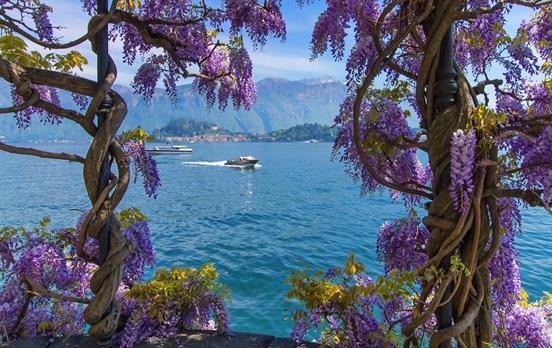
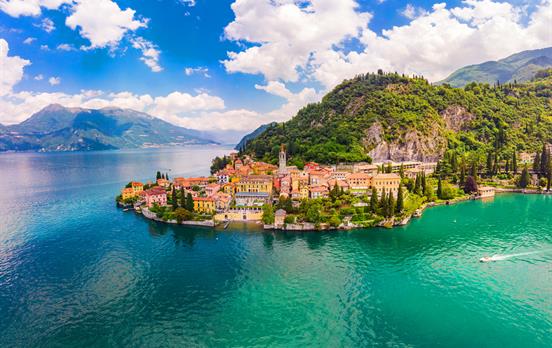
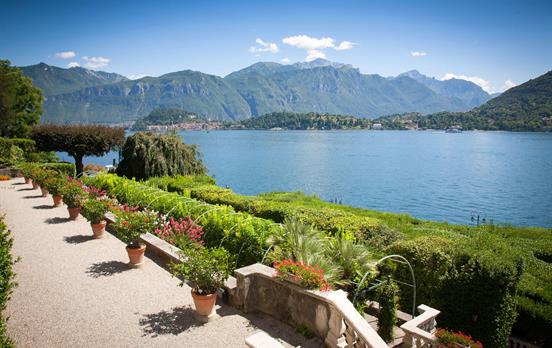
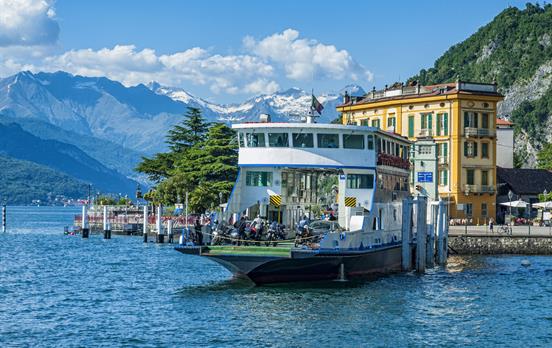

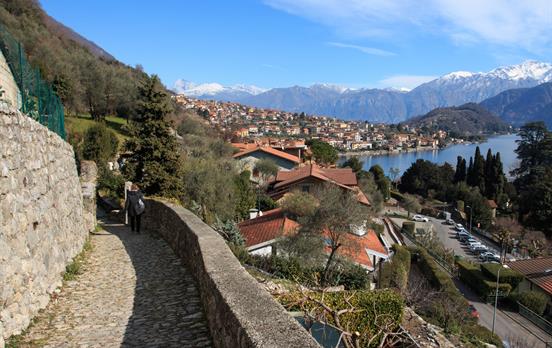

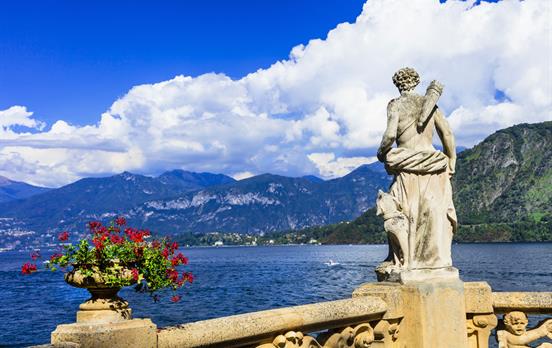
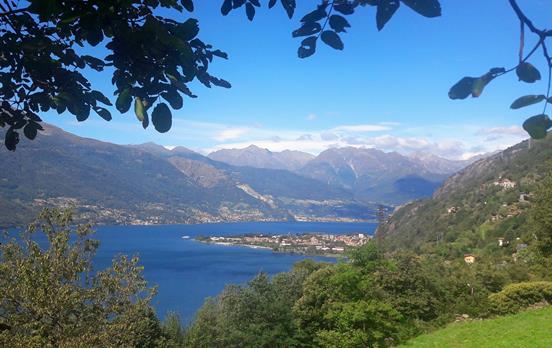


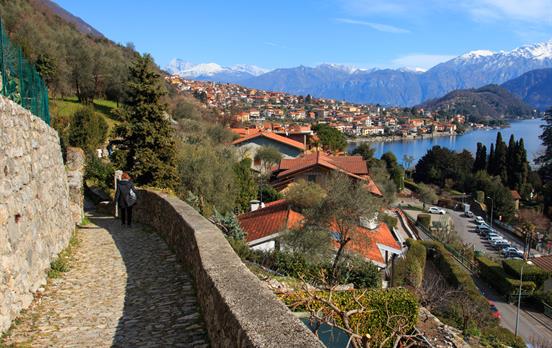
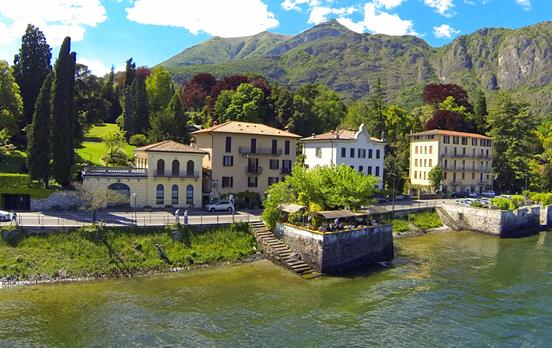




 Australia
Australia New Zealand
New Zealand South Africa
South Africa European Union
European Union